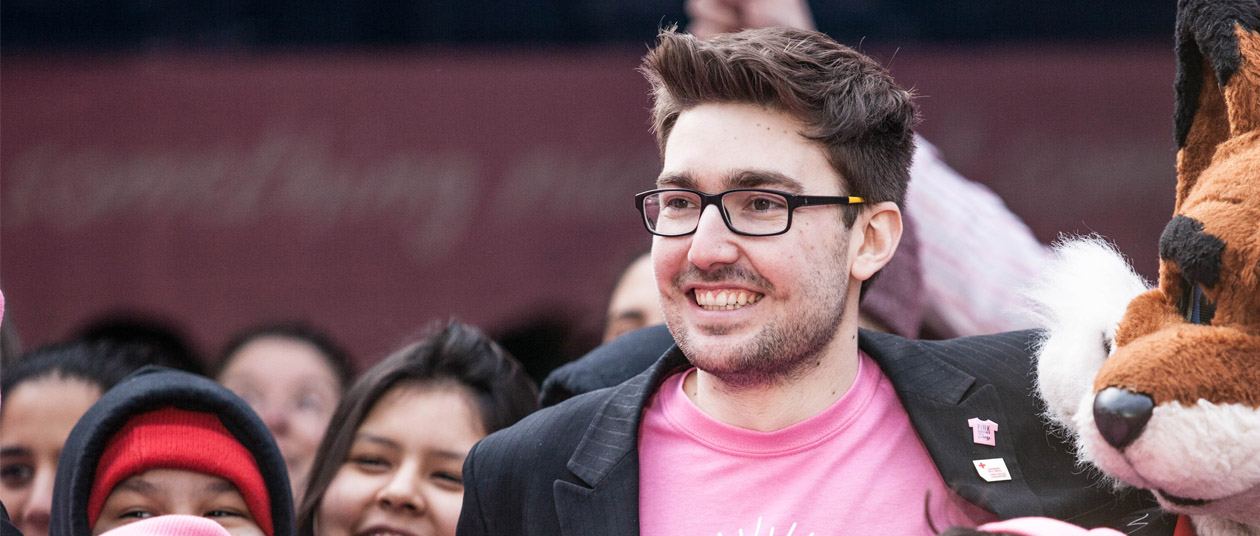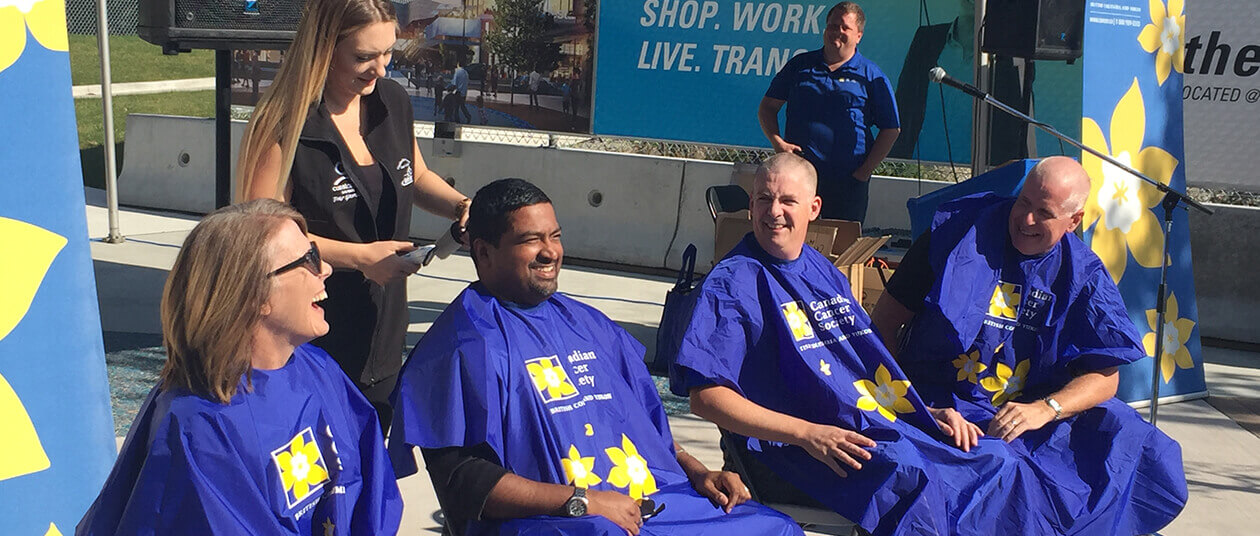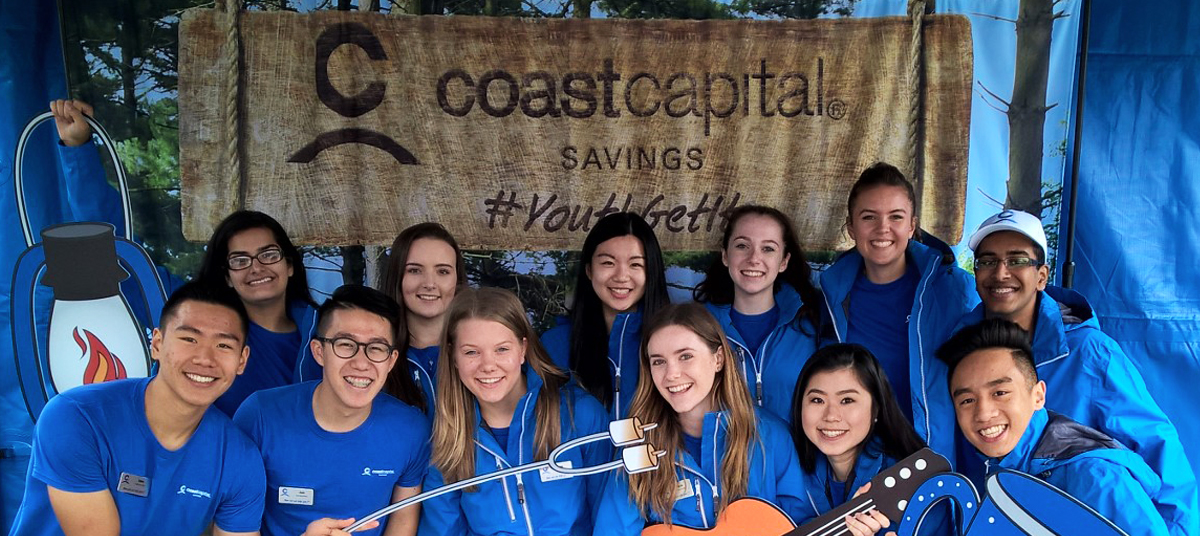You’ve probably heard of Pink Shirt Day, or Pink Day as it’s known nationally- perhaps through your child’s school, your workplace, or events held around your city. It’s a day where people wear pink, speak out against bullying on social media and come together to raise funds for bullying prevention programs. What you may not have heard, however, is the story behind the movement. Pink Shirt Day was started from a simple act of kindness by Nova Scotia native Travis Price. He’s the reason millions of people around the world wear pink in solidarity against bullying. But it’s his story to tell, so we sat down with him to learn a bit more about him, how this movement started and what impact it’s made on youth.
Pink Day is such a big event. How did you start it?
Pink Day started ten years ago. I was in high school at the time and saw a grade 9 student being bullied for wearing a pink shirt. My friend David Shepherd and I decided that bullying at our school had gone on long enough, and being seniors we felt it was our responsibility to do something about it. We went out and bought everything we could find that was pink and encouraged students to take part. More than 700 of the 1000 people at our school wore pink together. Word traveled quickly around our small province and before we knew it, Pink Day was one of the largest anti-bullying movements in the world!
What is your experience with bullying?
I was bullied severely as a kid. I don’t usually talk about the details but I make an exception when I go visit schools. I share my story with them to let them know I know what it’s like to be where they are. My experiences as a kid definitely helped motivate me to create Pink Day, and to put all my efforts into its continued success. I have a fire in me to make sure I never see another youth go through the things I did.
Did you have any idea it would become such a strong movement?
I really thought when it happened at my school that it would be a onetime thing. It quickly became evident that we were addressing an issue that had been swept under the rug for so long and was an issue that people wanted to talk about. I’ve been blown away by the support not just in Canada, but worldwide. I remember doing the Terry Fox Run every year in school and to know that Pink Day has become something like that is just incredible.
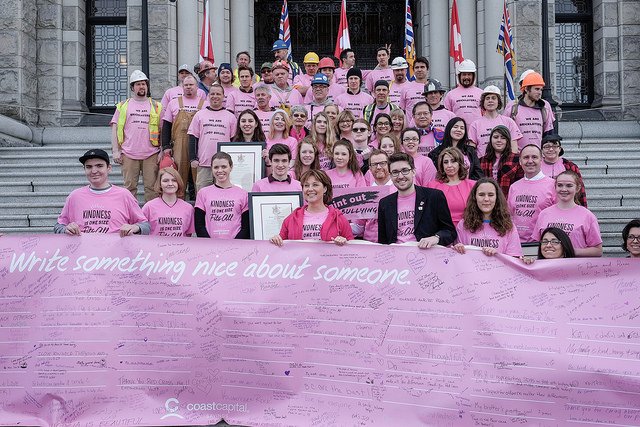
What kind of impact is Pink Day making on youth?
It’s now celebrated in over 21 countries and millions of people every year endorse it. Pink Day’s biggest impact, however, has been on youth and their ability to talk about bullying. Pink Day is shedding light on how harmful bullying can be, and encouraging schools to enforce their zero tolerance bullying policy as well as bring in bullying prevention programs like the Canadian Red Cross Beyond the Hurt program. More kids are talking about bullying and seeking help and that shows us we’re being successful and making an impact.
Can you recall a moment when you realized the great impact Pink Day is making on youth?
While I don’t share this story often, it really highlights the power of what we’re doing. I was on a school tour through New Brunswick and since it was the end of the tour I was pretty beat. I had finished up a Q&A with the kids and was packing up my stuff before heading out when a few of the kids came up and asked me things like what video games I play and so on. Just kid stuff. When the crowd cleared out I looked up and there was one girl left. I asked her what she thought of the presentation and if there was anything I could help her with. She said she loved the presentation and was surprised I came out to a rural town. We small talked for a few minutes and she started to walk away but turned back and said something that will stick with me forever.
She told me a very personal story about how she contemplated taking her own life. As she prepared herself, she looked at her laundry hamper and saw her pink shirt. She picked it up and looked at it, and it reminded her that there are other ways to cope and there are many people out there who want to help. The girl said instead of self-harming, she reached out for help instead. She thanked me for being the voice of those who feel they’ve lost theirs. It was in that moment that I knew Pink Day had transformed into a symbol for youth. A big, bright pink symbol of hope!
What has been your favourite part of this experience?
I’ve been given the opportunity to meet some really incredible people and world leaders. I’ve traveled all over the world with Pink Day, and am currently staying for an extended period of time in Scotland to work with our European teams. If I have to pick one thing though, I’d say the best thing for me has been how this moment has helped take one kid who felt lost in the world and not knowing what to do in life (surprise, it’s me) and given him direction. It’s helped shape me and helped me grow into the person I am today. I’ve given everything I have to this movement, and it’s found its own unique ways to give back.
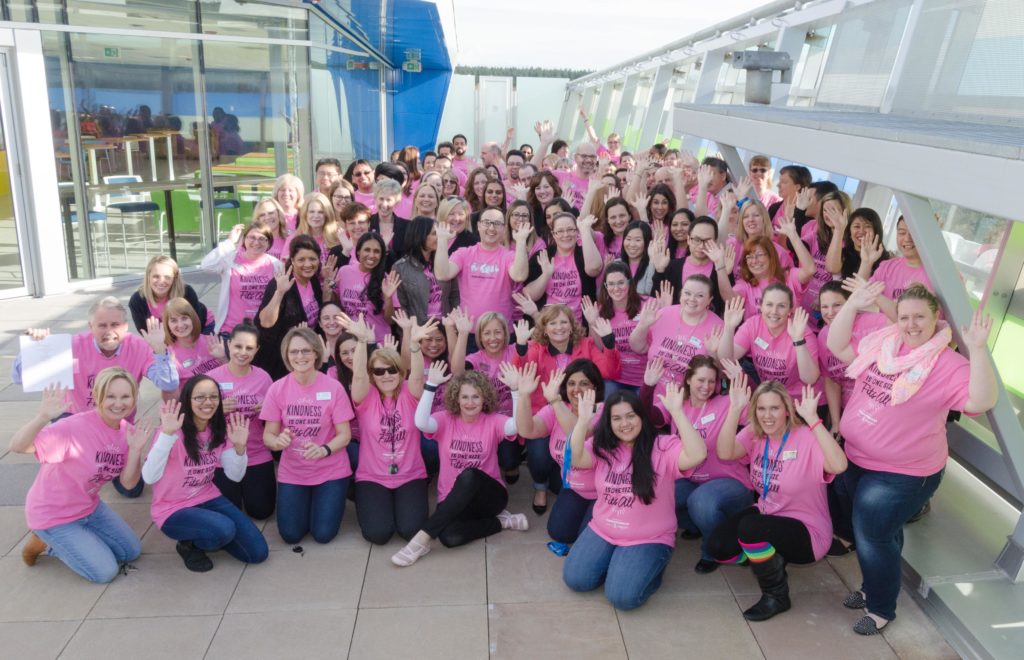
What is your role in Pink Day now?
As the co-founder of the movement, I still play an integral part in the movement across the country. I often refer to Pink Day as my baby, and I will always look after it. Within Canada, some great leaders have stepped up to help grow its success. Internationally, I communicate with groups to make sure their messaging aligns with the original movement and that they have the resources they need. I wear many hats, all with the overarching goal of growing and sustaining bullying prevention.
What’s next?
This is the question I’m asked most often and the truth is I don’t know. I hope I’ll be able to continue to inspire youth and do what I love. Whatever the future holds, I’ll be happy to know Pink Day has become a part of Canadian history. It’s something that will be remembered and celebrated for years to come, and to know I was a part of it is pretty special.
